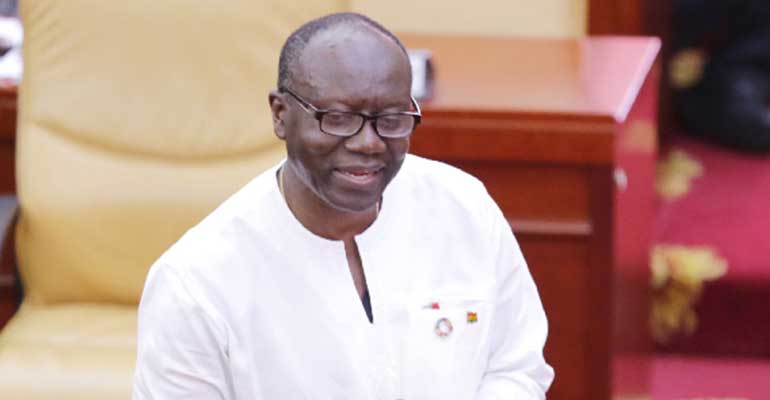2019/04/PR
25th November 2019
ACEYE PRESS RELEASE
Unemployment has become both a universal and a national scourge difficult to address. Based on emerging concerns, the impact of unemployment has rendered many economies in a reverse position. The compounding effects of unemployment range from the exploitation of labour to political uncertainties. Due to the sudden rise of social evils in the country, heightened poverty and ineffective use of Ghana’s labour force, ACEYE calls on the Government of Ghana for a more robust and sustainable way of dealing with the menace.
Although the Ghana Statistical Service is yet to provide data on the unemployment rate in Ghana, Statista, an online portal for statistics with its headquarters in Germany, puts across a detailed chart of the unemployment rate in Ghana.
Chart

The graph depicts that the unemployment rate in the country rose from 8.2% in 1998 to 10.39% in 2000. From 2000 to 2007 the unemployment situation improved stealthily falling from 10.36% to 4.57%. The unemployment rate began to worsen from 2008 to 2018 such that it stood at 6.71% in 2018.
The shift from the last decade to recent times suggests that the unemployment rate has been rising. This is evident enough to affirm that little progress has been made in the fight against unemployment despite the numerous social intervention policies and the role of active stakeholders whose contribution cannot be understated.
The Government’s Position and The Alarming Employment Rate Figures
Despite the interventions by various successive government in reducing the impact of unemployment, several factors such as ‘political figures’ stemming from inaccurate and inconsistent data from credible sources undermine this development. This suggests that while Government may ride on the back of figures which may not be a true reflection of happenings on the ground, the consequence to this put the country at risk. For example, according to the Finance Minister, interventions such as planting for food and jobs “also created significant jobs along the commodity value chain. A total of 746,601 and 794,944 jobs were created in 2017 and 2018 respectively. About 94 per cent of these jobs are linked to farm level employment, 4 per cent to value addition and postharvest service provision and the remaining 2 per cent to extension delivery and ICT”. In total, the current government claims it has created 1,540,945 within two years under this initiative.
During the launch of “Planting for Food Jobs” at Goaso, the President stated “This programme will create 750,000 jobs in both direct and indirect employment “This suggests that government has created extra 790,945 jobs if the president words were based on available data for a reliable forecast. Such a difference is alarming and needs further probing. What type of jobs were created? How many of such people employed are still at post? The country has seen many such social intervention programs in time past which are ineffective today.
The collapse of many of such initiatives since independence such as Ghana Youth Employment and Entrepreneurial Development Authority (GYEEDA) suggests that these initiatives are not sustainable. The government must learn from its history. The government must concentrate on creating a conducive environment for businesses to thrive. The government must provide details of how it arrived at a million jobs it says it has created under the Planting for Food Jobs initiative.The impact of such temporal interventions is evident in the country where young people are continuously using all mediums available to them to channel their grievances mainly in line with rising poverty gap and unemployment.
The Financial Sector, Nation Builders Corps and Employment Concerns
In May this year, licenses of 386 financial services were revoked Similarly, In November this year, more than 6000 direct jobs have been lost due to Stock and Exchange Commission’s revocation of license. Following the Consolidated Bank of Ghana’s (CBG) formation as a result of merging 5 banks, more than 1,700 jobs were lost.
In furtherance, the government of Ghana, dealing with unemployment, anchored an aspect of NABCO into the private sector where 8,000 people are said to have worked. ACEYE’s concerns surrounding these figures are these:
Will the private sector be capable of absorbing the number of NABCO trainees assigned to it, which is likely to double considering the increasing number of University graduates churned out each year?
How fast can the SME’s in the informal sector expand, since 62% of businesses in Ghana remain in the informal sector, to employ more people?
Outlook for 2020 and Beyond
In a study by Inci Ötker-Robe and Anca Maria Podpiera on the Social Impact of Financial Crises; Evidence from the Global Financial Crises suggests that on average, unemployment increases by 1.4 percent during crises and it takes 4-5 years for employment to return to its pre-crisis levels after economic recovery starts. This is evident in the case of Mexico and Argentina in 1994-1995 and 2001-20002 respectively when unemployment and wages took a serious hit in the aftermath of the financial crises. “In Cote d’Ivoire, formal employment fell by almost 40 percent during the crisis of the early 1980s.”
ACEYE speculates that the Financial Sector cleanup is likely to attract more deepened woes on employment considering the fact that previous financial sector clean-up had impacted insurance companies adversely. Most often, the insurance sector is adversely affected by the fall in equity markets, drops in interest rates, economic slowdown and deterioration in credit quality, and, in some situations, counterparty exposures to botched financial institutions.
Since it is unclear what the Government’s next step could be, further clean up in the insurance sector is likely to further deepen the woes of unemployment.
ACEYE advocates that the government must be deliberate to end the vicious cycle of unemployment through an innovative and well-balanced approach to prevent further job losses. In such cases, the Government must engage stakeholders, facilitate a competitive process through legal means for private investors to take over rather than shutting down these businesses entirely.
“An ounce of prevention is worth a pound of cure”
END
